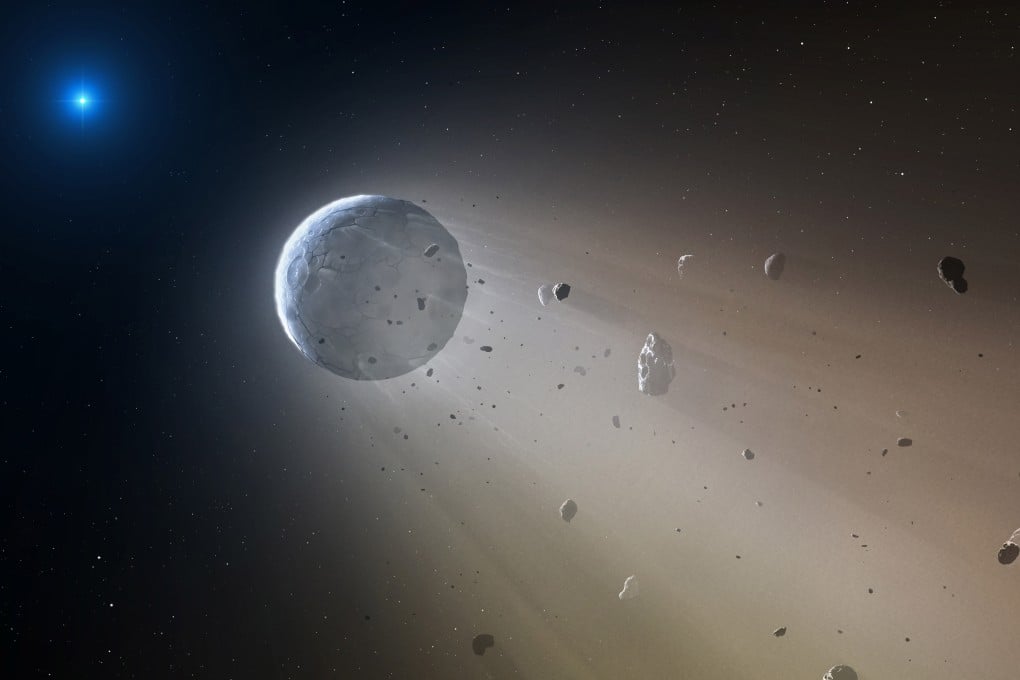Images of solar system vaporised by real-life ‘Death Star’ reveal Earth’s ultimate fate

The destruction of a solar system has been captured for the first time by astronomers who said the violent events provide a grim glimpse of Earth’s ultimate fate.
Images taken by Nasa’s Kepler 2 space mission reveal the rocky remains of a world that is being torn apart as it spirals around a dead star, or white dwarf, in the constellation of Virgo, 570 light years from Earth.
Scientists spotted chunks of shredded planet swinging around the white dwarf every 4.5 to five hours, placing them in an orbit about 837,000km from the star, about twice the distance between the Earth and the moon.
“This is something no human has seen before,” said Andrew Vanderburg at the Harvard-Smithsonian Centre for Astrophysics. “We’re watching a solar system get destroyed.”
Sun-like stars are driven by nuclear reactions that transform hydrogen into helium. But when the hydrogen runs out, they burn heavier elements, such as helium, carbon and oxygen, and expand dramatically. Eventually, the star sheds its outer layers to leave an Earth-sized core known as a white dwarf.
Vanderburg’s team spotted the cosmic catastrophe with the Kepler 2 mission, which can detect the existence of new planets by the telltale dimming they cause when they pass in front of their parent stars.
Instead of looking at sun-like stars, the scientists studied a white dwarf known in astronomical circles as WD1145+017. They found that every 4.5 hours, Kepler 2 detected a 40 per cent drop in light from the star, as a chunk of material moved across its face.